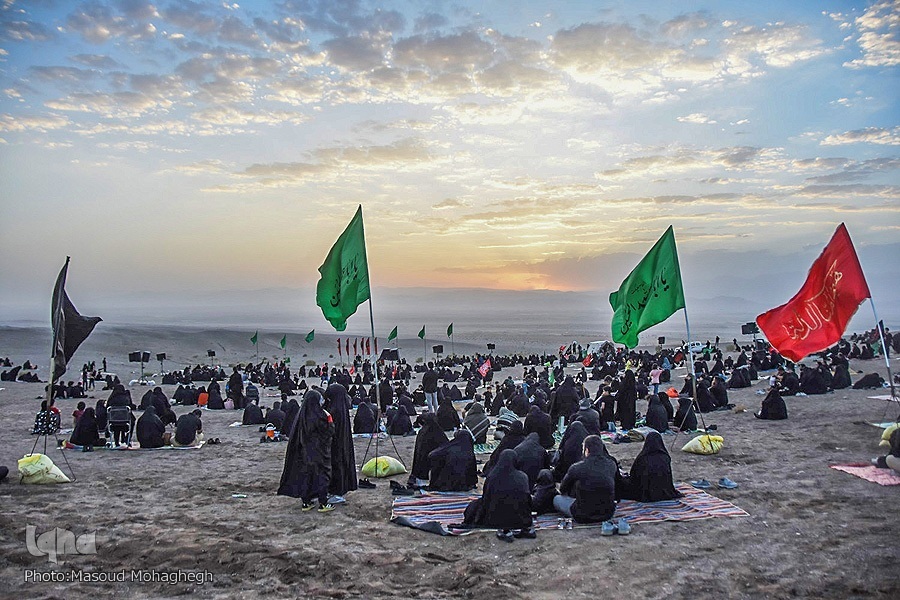Imam Hussein’s Message Speaks to All Humanity: Researcher

“To convey the message of Ashura to today’s generation, we must first understand it deeply,” Hojat-ol-Islam Mahdi Shariat-Tabar said, pointing to the speeches, letters, and actions of Imam Hussein (AS) during the events of Karbala.
These, he told IQNA, are filled with “profound human, spiritual, and social values.”
He stressed that these values must be communicated in ways that resonate with younger generations. “We need to use modern, clear, and relatable language, tailored to today’s intellectual landscape,” he noted.
He highlighted writing, poetry, performing arts, digital media, and especially social platforms as effective tools for this purpose.
Read More:
According to Shariat-Tabar, Ashura represents “freedom, dignity, belief in God, morality, loyalty to just leadership, resistance to oppression, and support for the oppressed”—values he described as “universally respected by all awakened consciences.”
He cited historical examples of non-Muslims who were inspired by Imam Hussein’s (AS) sacrifice, including Mahatma Gandhi. “Gandhi himself admitted that studying the uprising of Imam Hussein (AS) helped him discover the path to India's independence,” Shariat-Tabar noted.
He also raised concerns about misrepresentations of the Karbala movement. “As Martyr Morteza Motahhari pointed out in Husseini Epic (Hamaseh Husseini), both intentional and unintentional distortions may strip Ashura of its revolutionary spirit,” he warned. “Portraying it as merely a personal tragedy or reducing it to a tool for passive intercession undermines its true meaning.”
Read More:
He criticized the reduction of mourning rituals to purely symbolic acts such as chest-beating. “These practices may lack cultural relevance and can even damage the image of the religion,” he said, urging that mourning gatherings be transformed into platforms for critical understanding and meaningful reflection.
“If the philosophy behind Imam Hussein’s (AS) uprising is clearly explained,” he noted, “it can inspire every free human being, Muslim or non-Muslim alike.”
He called on scholars, artists, writers, and cultural figures to preserve and share the legacy of Ashura through thoughtful engagement and modern methods.
4291483



